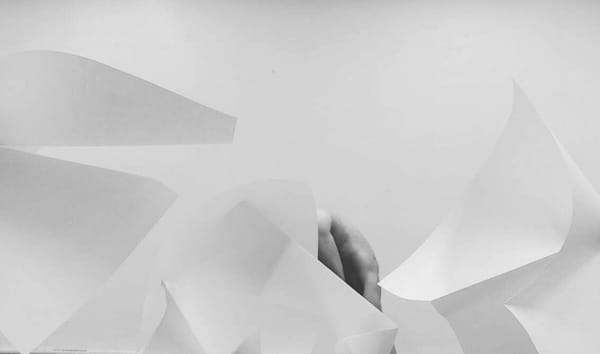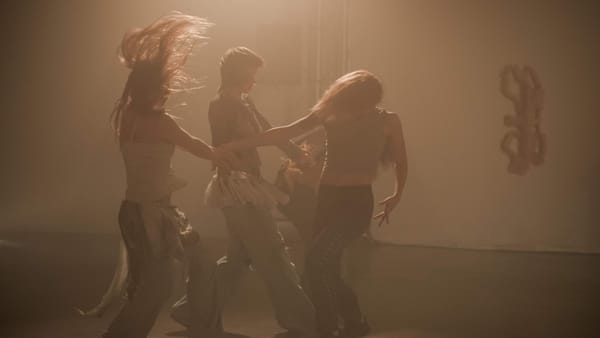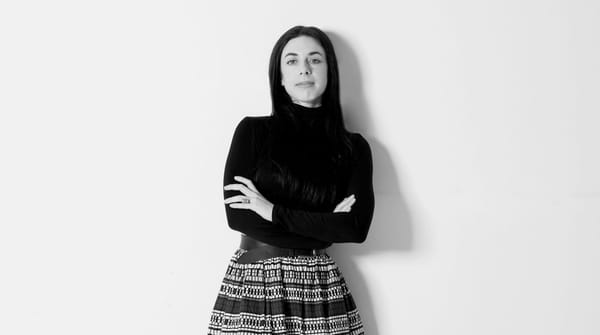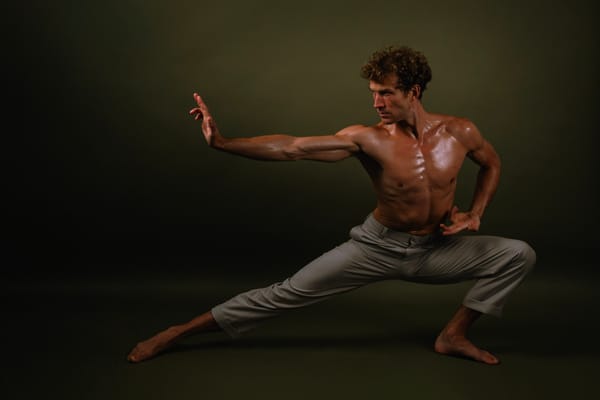The Dance of Another: Dancing into oblivion in Luca Guadagnino’s Suspiria (2018)
By Danica van de Velde — Luca Guadagnino's 2018 Suspiria weaponizes dance itself—where Argento's original used daggers, Guadagnino's pirouettes become instruments of destruction. Through Damien Jalet's visceral choreography, every movement embodies both creative force and annihilation.
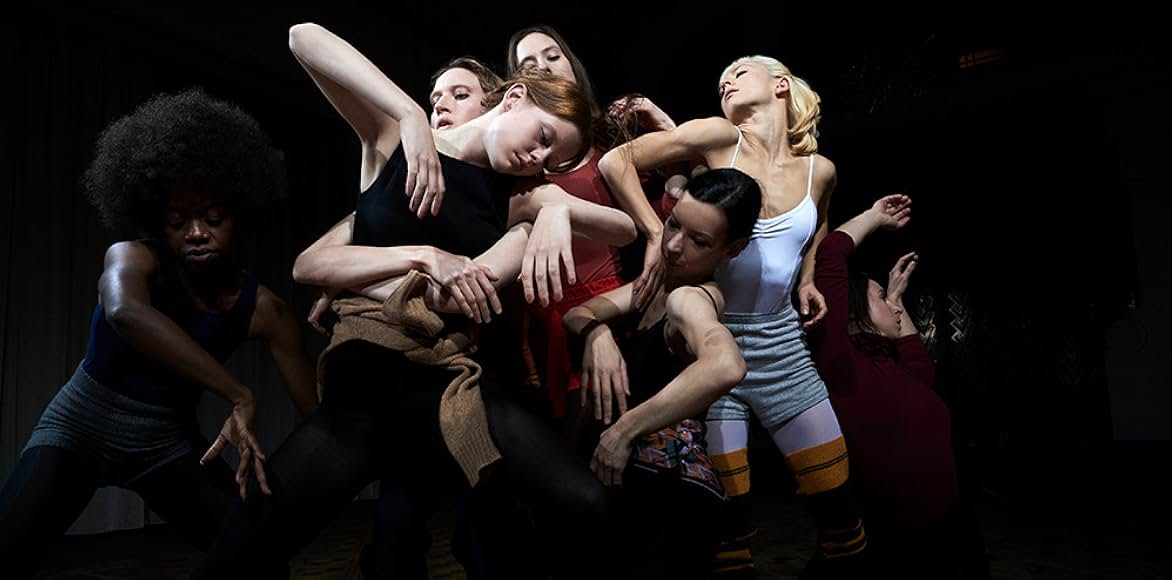
by Danica van de Velde
The setting is mirror-walled and wooden-floored – a studio set within a labyrinthine dance academy on the western edges of a politically-divided Berlin. It’s 1977 and the academy’s artistic director, Madame Blanc, takes her newest recruit Susie Bannion aside, “When you dance the dance of another,” she tells her, “you make yourself in the image of its creator. You empty yourself so that her work can live within you.” In this pivotal moment in Suspiria, Madame Blanc frames dance as an act that involves the loss of self-possession and the abandonment of the body to the will of another. That in relinquishing the body to choreographed movement, the dancer experiences a death that allows the choreography, and by extension its creator, to live.
A loose homage to Dario Argento’s 1977 film of the same name, Guadagnino remains true to the central premise of the original by focusing on the arrival of the American ingénue Susie at the Markos Dance Academy. Her appearance coincides with the disappearance of another dancer named Patricia, and a slow creep of revelations ensue about the true identities of those running the academy and their occult connections.
Guadagnino, however, departs from the remainder of Argento’s narrative, repositioning the body in motion at the core of his film. Where the original dedicates just over one minute of screen time to the company’s balletic activity, dance and its relationship with the corporeal are foregrounded at every stage of Guadagnino’s Suspiria. The 2018 film does not merely use the dance academy as a setting, but embeds the physicality of dance within every frame and narrative strand. Specifically, where the murders in Argento’s film are perpetrated with objects – daggers, barbed wire, a noose – in Guadagnino’s reimagining, pain and death are inflicted through the dancing body.
Given the cult status of the original, Guadagnino’s reinterpretation has received much critical attention. A number of critiques refer to the film’s representation of the historical period and gender conventions, as well as its privileging of aesthetics over substance. Yet few have disputed the immense power of the film’s choreography by Damien Jalet. In his recalling of the individual works of Pina Bausch, Martha Graham and Mary Wigman, Jalet’s choreography echoes another line from Madame Blanc: “There are two things dance can never be again: beautiful and cheerful. Today we need to break the nose of every beautiful thing.” At a Venice press conference the film’s screenwriter, David Kajganich, revealed the dark origins of this quote as Nazi propagandist Joseph Goebbels: “Dance must be cheerful and show beautiful female bodies and have nothing to do with philosophy.” The violent resistance to Nazi sentiment in Suspiria not only highlights the often concealed abjectness of dance – the unintended bodily mutilation suffered by worn out dancers – but also the kinetic language of furor at the heart of Guadagnino’s film.
Furor is conventionally defined as either an outbreak of exhilaration or rage. Guadagnino cleverly visualizes this tension by constructing a number of parallel sequences that intercut the movement of the dance with disturbing events unfolding elsewhere. One of the most brutal examples is Susie’s first dance rehearsal in which her every strike, pirouette, tumble and lunge inflicts devastating injury on another dancer, named Olga, trapped inside an adjacent studio. Susie’s sideways thrusts send Olga’s body hurtling into the studio mirror. The twists of her body contort Olga’s frame so that her bones protrude, breaking the boundary of her skin. At the dance’s conclusion, Olga’s contorted and broken body is juxtaposed with the madams’ triumphant reaction to Susie’s performance. The cross-cutting of the scene becomes a visual metaphor for what Jalet has described as “the force of life” and the “force of destruction.” By the time Olga’s body is disposed of by the madams, using large meat hooks to remove her from the studio, the interplay between the immense power and the horrific corporeal vulnerability of dance is underlined.
These extremes of dance are constructed through a sense of teetering between life and death. When Susie is asked by Madame Blanc what her improvisational movements felt like she replies, “It felt like what I think it must feel like to fuck.” When Madame Blanc counters, “Do you mean fuck a man?”, Susie clarifies, “No. I was thinking of an animal.” On one level, Susie’s movements evoke sex, birth and life; however, their consequences also gesture towards annihilation. In positioning dance on the brink of destruction, Guadagnino also aligns the traumatized bodies of the dancers with the trauma experienced in the wake of the terrorist uprisings tearing apart Berlin in 1977. This tense emotional geography, however, is mainly played out in the choreography.
The physicality of dance is also captured in the film’s sound design, in which the exertion of the body through its pounding contact with the floor and feverish passing of breath is amplified. While Radiohead front man Thom Yorke is responsible for the film’s haunting score, his music often gives way to the primordial sounds of the body in motion. By so enveloping the picture in the rhythms and sounds of dance, Guadagnino furthers his own interest in producing films that are not simply viewed and heard, but also experienced through the body. Indeed, for those of us who have ever practiced dance – either recreationally or professionally – Suspiria viscerally captures the discipline, commitment and inevitable decay of the body that comes with being a dancer.
The final dance sequence in the film is the realization of the witches’ sabbath, which aligns the pagan ritual with frenzied choreography – the dancers’ bodies wrenched into a tormented arabesque. Guadagnino again reinforces the relationship between life and death via dance by reincarnating Susie’s mother – the embodiment of birth and motherhood – to play the character of Death. Visually tinted red and literally bathed in blood, Susie regards the carnage of the sabbath as “beautiful”. However, Guadagnino’s filmic spell casts aside the surface beauty of dance to explore the more disturbing terrain of the “darkness, tears and sighs” described in the film’s trailer. Having violently thrashed and danced through each scene, the characters, as well as the viewer, are left exhausted and out of breath – suspended in a state of reverie verging on destruction.
This article was first published in issue 02: Furor of a Dance Mag.
Danica van de Velde is a Perth-based writer and scholar whose work spans film, literature, and food writing. With a focus on memory, space, and sensory experience, she explores cinema alongside culinary traditions. Her writing appears in Senses of Cinema, Another Gaze, and Metro, blending critical insight with a poetic, interdisciplinary approach.


